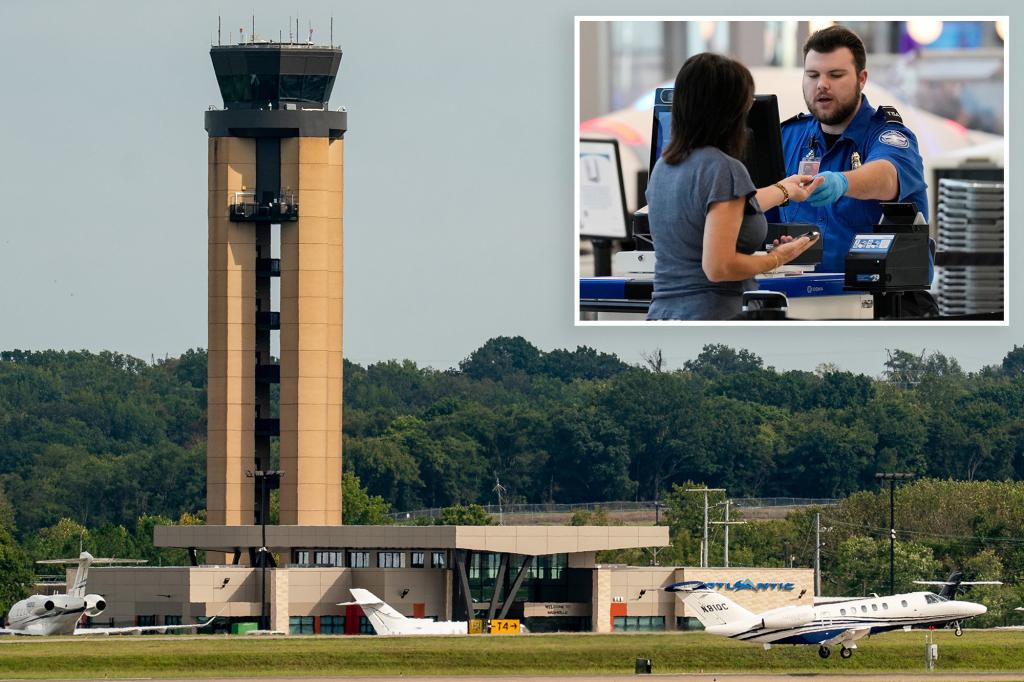Nashville Airport’s Air Traffic Control Shutdown: A Growing Crisis
Introduction to the Shutdown
On a concerning Tuesday evening, Nashville International Airport’s air traffic control tower went dark due to a significant staffing shortage caused by the ongoing government shutdown. This marked the second time that week that a major airport’s control tower shuttered its operations, highlighting a nationwide crisis that has left thousands of flights grounded.
The Impact on Nashville International Airport
The Nashville tower was closed starting at 5 p.m. and is expected to remain non-operational until midnight, according to the Federal Aviation Administration (FAA). Consequently, this unexpected shutdown has resulted in average delays of two hours for departing flights, severely impacting travelers. A pop-up message on the airport’s website relayed crucial information, advising passengers to check their flight statuses directly with airlines before arriving at the airport.
The Nationwide Context
Nashville’s struggling air traffic control system echoes a broader issue affecting airports across the country. Just the previous night, the control tower at California’s Hollywood Burbank Airport also faced closure due to a lack of air traffic controllers, an episode that California Governor Gavin Newsom attributed to the ongoing government shutdown.
Repercussions Across Major Hubs
As of Tuesday night, a staggering 3,450 flights had experienced delays nationwide, with 69 cancellations reported, according to FlightAware. Monday alone saw over 6,140 delays across the U.S., including crippling figures at Chicago’s O’Hare International Airport—where 42% of flights were delayed—and 23% at Hollywood Burbank. Moreover, nearly 90 flights were deemed canceled due to these overwhelming circumstances.
Stories from the Ground
The air traffic controller shortages have significantly extended waits and travel times for passengers from various major airports, including Houston’s Hobby Airport, George Bush Intercontinental, Newark, Boston Logan, and Las Vegas International. Travelers are left in a lurch, bearing the brunt of these staffing issues and the federal government’s inability to address them amid the shutdown.
The FAA’s Position
Although inquiries were made to the FAA regarding this unfolding situation, the agency’s press office was offline due to the “lapse in funding,” which has halted non-exempt activities. Transportation Secretary Sean Duffy underscored the urgency of the situation, highlighting an uptick in sick calls from controllers who are considered essential workers, yet remain unpaid as the government shutdown drags on.
Prior Staffing Issues
Even prior to the shutdown, the TSA and FAA were already grappling with an alarming staffing crisis, having been short approximately 3,000 air traffic controllers for over six months. As Secretary Duffy pointed out at a press conference, priority remains on safety. He stated that the agency would manage flight flow in accordance with the available workforce, and reiterated the pressing need to resolve the situation to prevent further disruptions.
Historical Context
This current crisis draws parallels to the last significant government shutdown in 2018, which lasted for 35 days and led air traffic controllers nationwide to pursue legal channels in an effort to receive their overdue paychecks. The echoes of that prolonged shutdown indicate that the air travel industry must brace for potentially further delays and complications if the current situation persists.
With the possibility of further shutdowns looming in the near future, airport staff and air traffic controllers face a daunting challenge ahead. It remains to be seen how quickly and effectively the federal government will resolve these pressing issues affecting air travel safety across the country.



